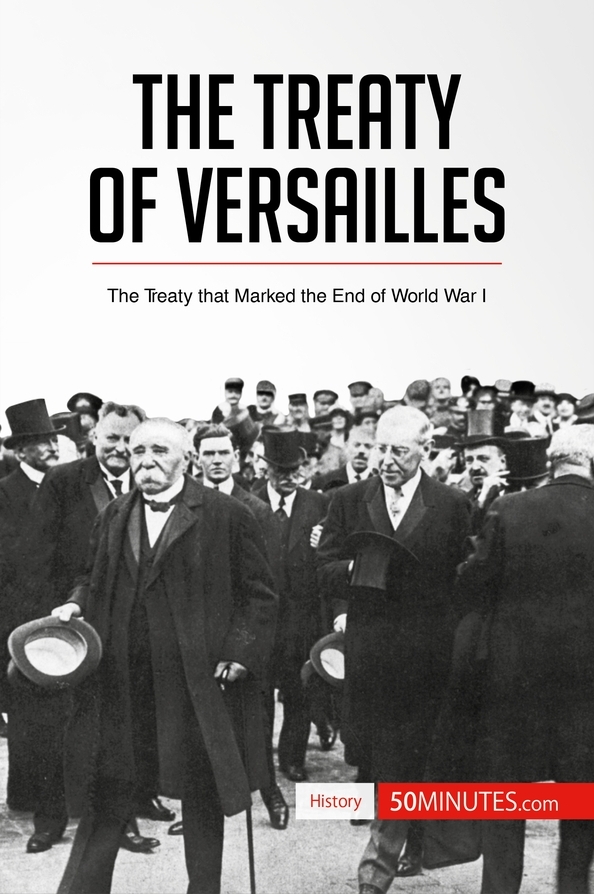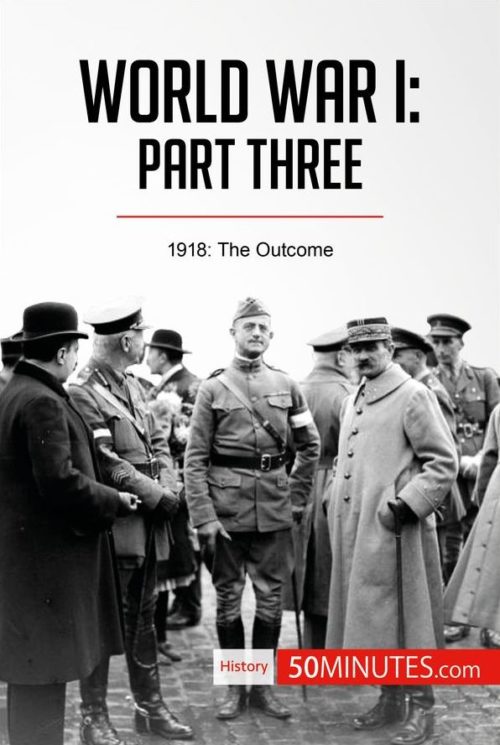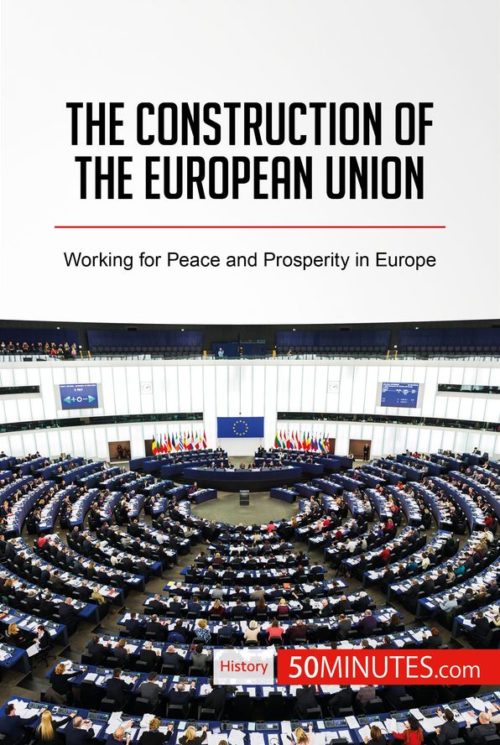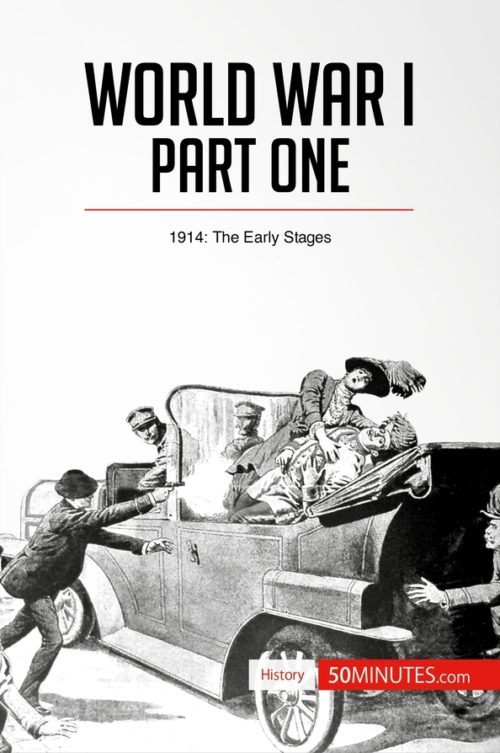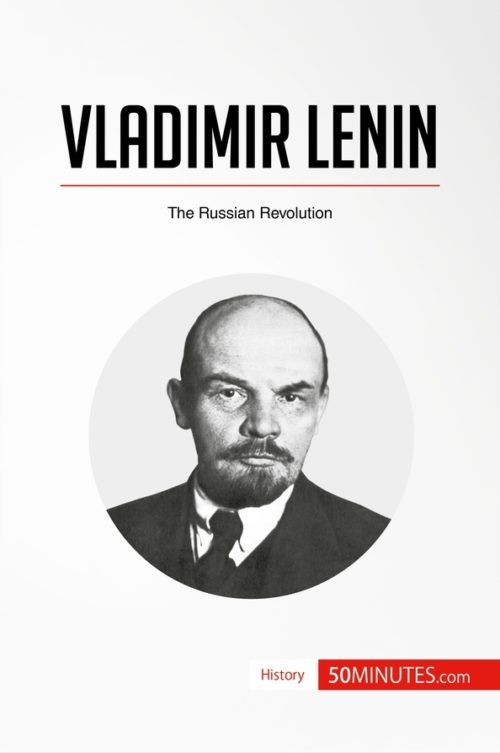The Treaty of Versailles
The Treaty of Versailles
The Treaty that Marked the End of World War I
$4.99
978280628954448EBookPlurilingua PublishingThe Treaty of Versailles, signed in 1919, followed the end of the First World War and imposed harsh terms on Germany, which had been defeated by the Allies and was judged responsible for the bloody four-year conflict. The Allied leaders Woodrow Wilson, David Lloyd George, Georges Clemenceau and Vittorio Orlando drew up the treaty with no input from the vanquished party and struggled to reconcile their opposing viewpoints. The treaty ultimately proved a failure: it fuelled resentment in Germany, where it was referred to as the Diktat, and is seen by many as partly responsible for the outbreak of the Second World War only 20 years later. In just 50 minutes, you will find out about the terms of treaty and Germany’s reaction to it, and understand why it failed to prevent further conflict in Europe.
This straightforward and informative book provides a thorough discussion of the terms of the Treaty of Versailles, including the reparations imposed on Germany, the recognition of the right to self-determination and the establishment of the League of Nations. It also features biographies of the main participants, a valuable introduction to the political, social and economic context and an evaluation of its impact, giving you all the essential information about this momentous agreement.
About the Treaty of Versailles
The Treaty of Versailles was signed in the Hall of Mirrors at the Palace of Versailles on 28 June 1919, and aimed to force Germany to recognize its responsibility for the First World War and make amends for the resulting destruction. Its terms included major territorial losses, a sizeable reduction in the German armed forces and the payment of massive reparations, which crippled the German economy in the post-war years. Ultimately, the treaty was a profound diplomatic failure: it stirred up rivalries among the European powers and resulted in anger and bitterness in Germany, laying the foundations for the Second World War.
This clear and accessible 48-page book is structured as follows:
Introduction to the Treaty of Versailles
Context
Europe under German domination
The intervention of the United States
Approaching the Armistice
Biographies
Georges Clemenceau, the father of French victory
Thomas Woodrow Wilson, the idealist
David Lloyd George, the British lion
Vittorio Orlando, the sidelined victor
The Treaty of Versailles
A widely criticized treaty
The organization of the victors' conference
"The greatest crime in history"
A heavy debt for Germany
The people's right to self-determination
A tense signature
A treaty challenged
Impact of the Treaty of Versailles
The failure of the Treaty of Versailles
The League of Nations, an inefficient international institution
A breeding ground for the Second World War
Self-determination, a "loaded" expression
Fragile economic reconstruction
Summary
The Treaty of Versailles, signed in 1919, followed the end of the First World War and imposed harsh terms on Germany, which had been defeated by the Allies and was judged responsible for the bloody four-year conflict. The Allied leaders Woodrow Wilson, David Lloyd George, Georges Clemenceau and Vittorio Orlando drew up the treaty with no input from the vanquished party and struggled to reconcile their opposing viewpoints. The treaty ultimately proved a failure: it fuelled resentment in Germany, where it was referred to as the Diktat, and is seen by many as partly responsible for the outbreak of the Second World War only 20 years later. In just 50 minutes, you will find out about the terms of treaty and Germany’s reaction to it, and understand why it failed to prevent further conflict in Europe.
This straightforward and informative book provides a thorough discussion of the terms of the Treaty of Versailles, including the reparations imposed on Germany, the recognition of the right to self-determination and the establishment of the League of Nations. It also features biographies of the main participants, a valuable introduction to the political, social and economic context and an evaluation of its impact, giving you all the essential information about this momentous agreement.
About the Treaty of Versailles
The Treaty of Versailles was signed in the Hall of Mirrors at the Palace of Versailles on 28 June 1919, and aimed to force Germany to recognize its responsibility for the First World War and make amends for the resulting destruction. Its terms included major territorial losses, a sizeable reduction in the German armed forces and the payment of massive reparations, which crippled the German economy in the post-war years. Ultimately, the treaty was a profound diplomatic failure: it stirred up rivalries among the European powers and resulted in anger and bitterness in Germany, laying the foundations for the Second World War.
This clear and accessible 48-page book is structured as follows:
Introduction to the Treaty of Versailles
Context
Europe under German domination
The intervention of the United States
Approaching the Armistice
Biographies
Georges Clemenceau, the father of French victory
Thomas Woodrow Wilson, the idealist
David Lloyd George, the British lion
Vittorio Orlando, the sidelined victor
The Treaty of Versailles
A widely criticized treaty
The organization of the victors' conference
"The greatest crime in history"
A heavy debt for Germany
The people's right to self-determination
A tense signature
A treaty challenged
Impact of the Treaty of Versailles
The failure of the Treaty of Versailles
The League of Nations, an inefficient international institution
A breeding ground for the Second World War
Self-determination, a "loaded" expression
Fragile economic reconstruction
Summary
application/pdf1 20th century, Allies, Armistice, democracy, diplomacy, First World War, Germany, League of Nations, nationalism, peace, Treaty of Versailles, war crimes
DOWNLOAD THIS BOOK
The Treaty of Versailles, signed in 1919, followed the end of the First World War and imposed harsh terms on Germany, which had been defeated by the Allies and was judged responsible for the bloody four-year conflict. The Allied leaders Woodrow Wilson, David Lloyd George, Georges Clemenceau and Vittorio Orlando drew up the treaty with no input from the vanquished party and struggled to...
Read more
The Treaty of Versailles, signed in 1919, followed the end of the First World War and imposed harsh terms on Germany, which had been defeated by the Allies and was judged responsible for the bloody four-year conflict. The Allied leaders Woodrow Wilson, David Lloyd George, Georges Clemenceau and Vittorio Orlando drew up the treaty with no input from the vanquished party and struggled to reconcile their opposing viewpoints. The treaty ultimately proved a failure: it fuelled resentment in Germany, where it was referred to as the Diktat, and is seen by many as partly responsible for the outbreak of the Second World War only 20 years later. In just 50 minutes, you will find out about the terms of treaty and Germany’s reaction to it, and understand why it failed to prevent further conflict in Europe.
This straightforward and informative book provides a thorough discussion of the terms of the Treaty of Versailles, including the reparations imposed on Germany, the recognition of the right to self-determination and the establishment of the League of Nations. It also features biographies of the main participants, a valuable introduction to the political, social and economic context and an evaluation of its impact, giving you all the essential information about this momentous agreement.
About the Treaty of Versailles
The Treaty of Versailles was signed in the Hall of Mirrors at the Palace of Versailles on 28 June 1919, and aimed to force Germany to recognize its responsibility for the First World War and make amends for the resulting destruction. Its terms included major territorial losses, a sizeable reduction in the German armed forces and the payment of massive reparations, which crippled the German economy in the post-war years. Ultimately, the treaty was a profound diplomatic failure: it stirred up rivalries among the European powers and resulted in anger and bitterness in Germany, laying the foundations for the Second World War.
This clear and accessible 48-page book is structured as follows:
- Introduction to the Treaty of Versailles
- Context
- Europe under German domination
- The intervention of the United States
- Approaching the Armistice
- Biographies
- Georges Clemenceau, the father of French victory
- Thomas Woodrow Wilson, the idealist
- David Lloyd George, the British lion
- Vittorio Orlando, the sidelined victor
- The Treaty of Versailles
- A widely criticized treaty
- The organization of the victors’ conference
- “The greatest crime in history”
- A heavy debt for Germany
- The people’s right to self-determination
- A tense signature
- A treaty challenged
- Impact of the Treaty of Versailles
- The failure of the Treaty of Versailles
- The League of Nations, an inefficient international institution
- A breeding ground for the Second World War
- Self-determination, a “loaded” expression
- Fragile economic reconstruction
- Summary
